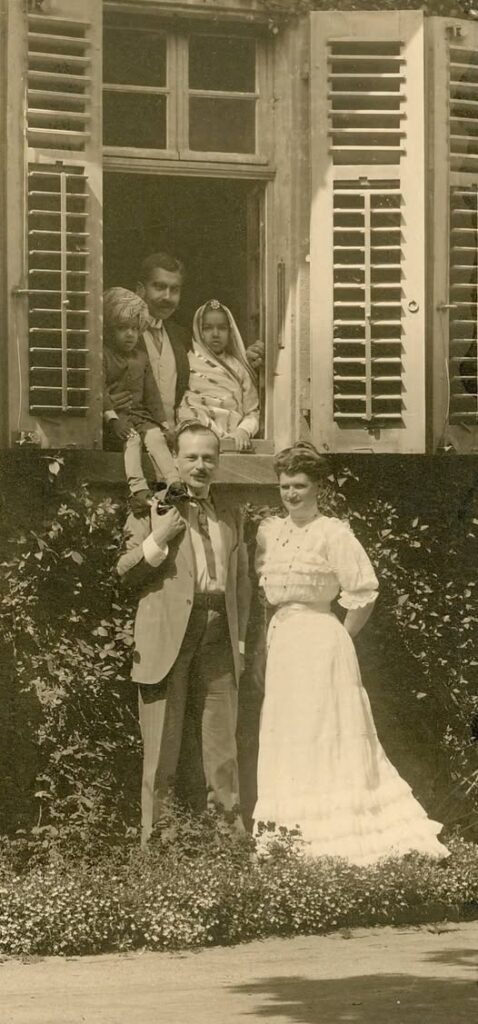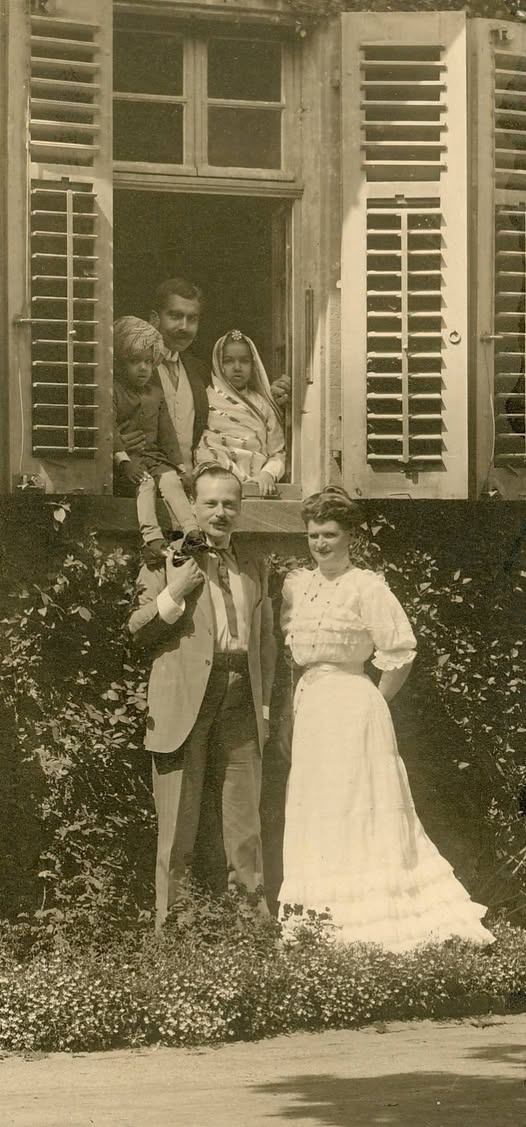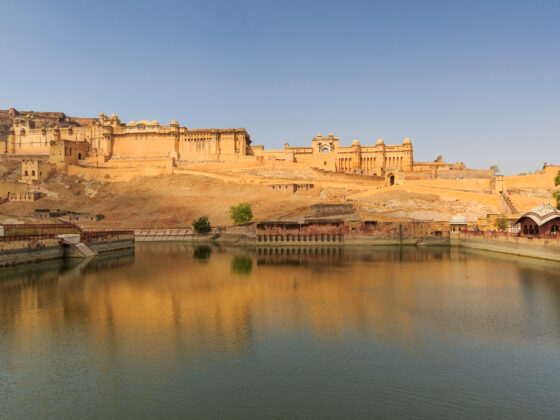The Grand Duke and Duchess of Hesse: A Legacy of Nobility

Introduction
The Grand Duchy of Hesse, a significant German state during the 19th and early 20th centuries, was ruled by a succession of influential grand dukes and duchesses. Their reigns not only shaped the political landscape of Germany but also left a profound mark on European aristocracy. This article explores the history, contributions, and legacy of the Grand Duke and Duchess of Hesse, highlighting their impact on politics, culture, and historical events.
The Grand Duchy of Hesse: An Overview
The Grand Duchy of Hesse originated from the Landgraviate of Hesse-Darmstadt, which became a grand duchy in 1806 following the dissolution of the Holy Roman Empire. It played a crucial role in the political affairs of Germany and Europe, with its rulers maintaining close ties with various European royal families.
Notable Grand Dukes of Hesse
Several grand dukes ruled over Hesse, each contributing to the duchy’s growth and prominence.
- Grand Duke Ludwig I (1806–1830): He established the Grand Duchy of Hesse and navigated it through the Napoleonic Wars, ensuring its stability.
- Grand Duke Ludwig II (1830–1848): He focused on administrative reforms and industrial development.
- Grand Duke Ludwig III (1848–1877): His rule saw Hesse’s integration into the German Empire under Prussian influence.
- Grand Duke Ernst Ludwig (1892–1918): A patron of the arts, he played a crucial role in the Darmstadt Artists’ Colony and modernized Hesse’s infrastructure.
The Role of the Grand Duchesses
The grand duchesses of Hesse were equally significant, influencing cultural, social, and political developments. Many of them were members of prominent European royal families, strengthening diplomatic ties between Hesse and other nations.
- Princess Alice of the United Kingdom (Grand Duchess of Hesse, 1862–1878): The second daughter of Queen Victoria, she was known for her charitable work and efforts in healthcare.
- Grand Duchess Eleonore (1905–1918): She focused on social welfare and education, leaving a lasting impact on Hesse’s development.
Political Influence and European Connections
The House of Hesse maintained close relationships with major European monarchies, particularly Britain and Russia. These ties often had significant political implications, particularly during the tumultuous years leading up to World War I.
The Connection to Queen Victoria
Queen Victoria’s influence extended to Hesse through her daughter, Princess Alice. Her descendants, including Alexandra Feodorovna (the last Empress of Russia), played key roles in European history.
The Impact of World War I
World War I led to the downfall of many European monarchies, including the Grand Duchy of Hesse. The abdication of Grand Duke Ernst Ludwig in 1918 marked the end of Hesse’s rule as a grand duchy.
Cultural and Architectural Contributions
The Grand Dukes and Duchesses of Hesse were renowned patrons of the arts and architecture. Darmstadt, the capital of Hesse, became a hub of cultural innovation under their rule.
The Darmstadt Artists’ Colony
Founded by Grand Duke Ernst Ludwig, this movement promoted Art Nouveau (Jugendstil) and made Darmstadt a center for artistic expression in Germany.
Architectural Marvels
The ducal family commissioned and preserved several remarkable structures, including:
- Mathildenhöhe – A key site of the Darmstadt Artists’ Colony.
- Schloss Wolfsgarten – A historical hunting lodge with significant cultural heritage.
The Modern Legacy of Hesse’s Royal Lineage
Even though the monarchy was abolished, the legacy of the Grand Dukes and Duchesses of Hesse lives on through historical landmarks, cultural institutions, and their descendants. Members of the former royal family continue to be involved in heritage conservation and philanthropy.
The Role of Museums and Foundations
Several museums in Germany showcase the history of the Grand Duchy of Hesse, preserving its legacy for future generations. Organizations dedicated to European royal history also honor the contributions of Hesse’s rulers.
Conclusion
The Grand Duke and Duchess of Hesse played a crucial role in shaping the history and culture of Germany and Europe. From their political influence and royal alliances to their contributions to the arts and architecture, their legacy continues to captivate historians and enthusiasts. As interest in European royal history grows, the story of Hesse’s grand ducal family remains an integral part of the continent’s rich heritage.










